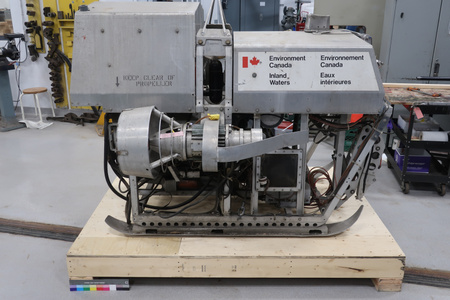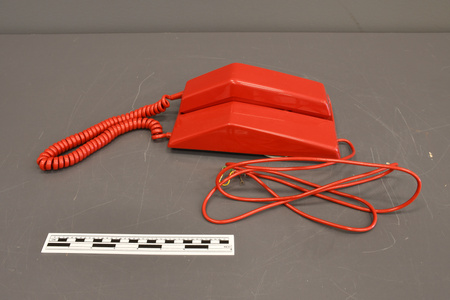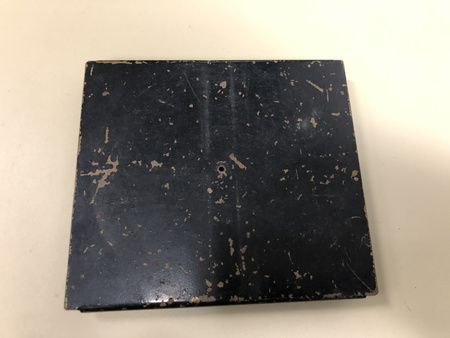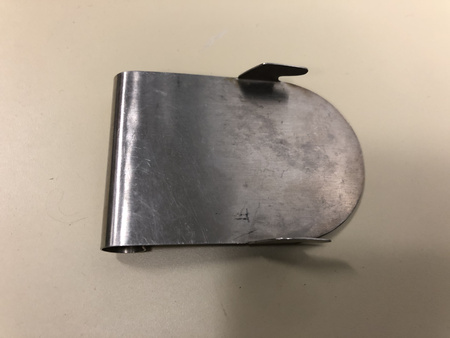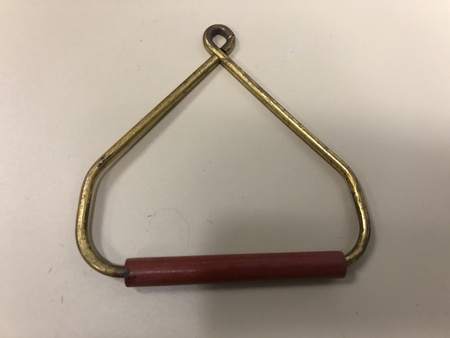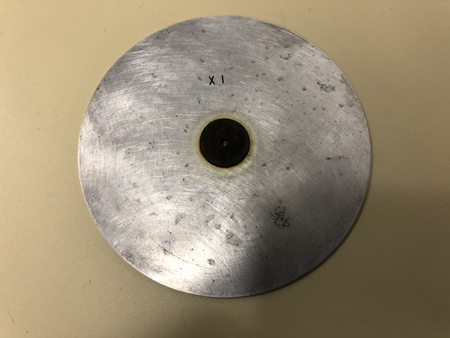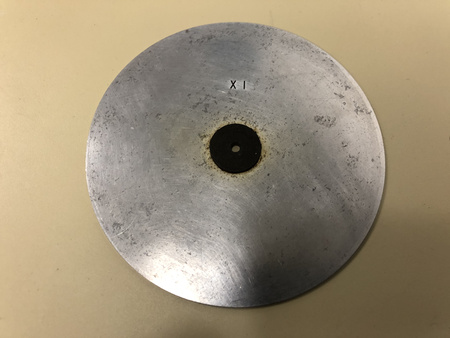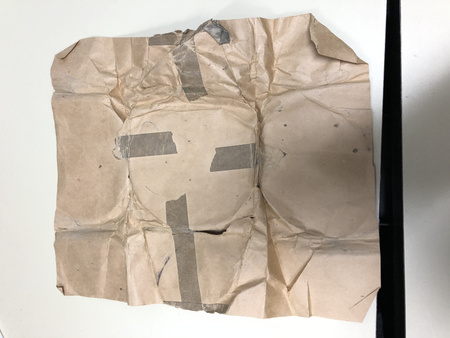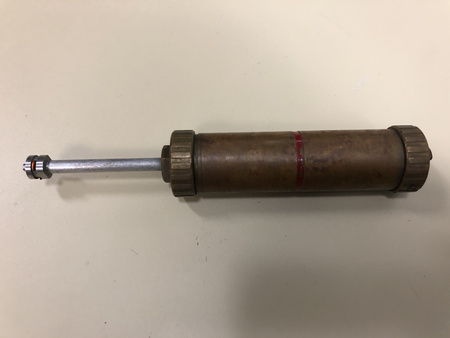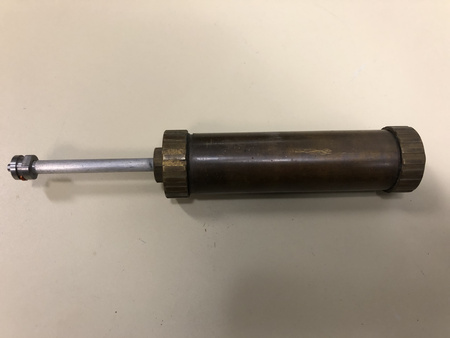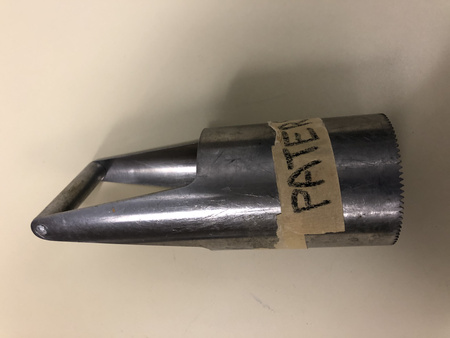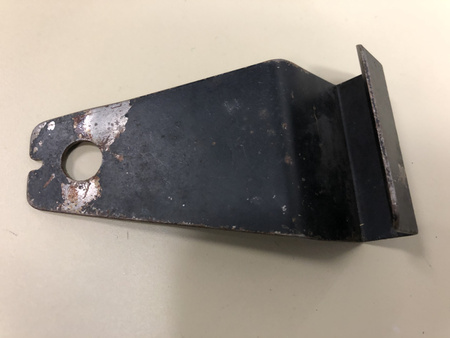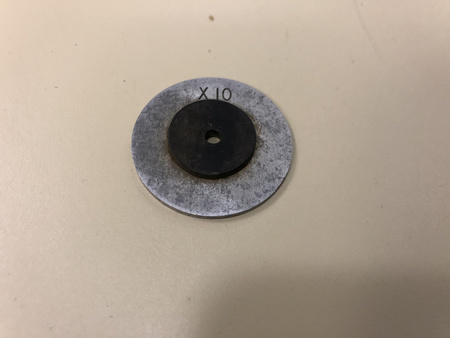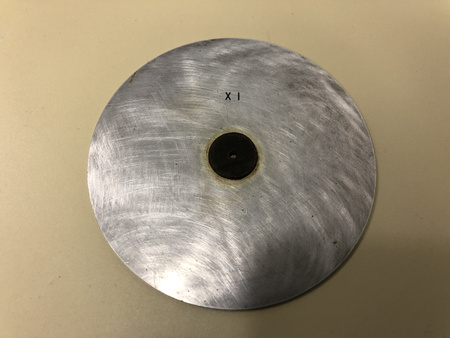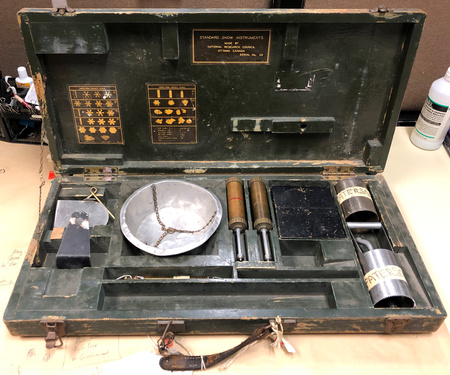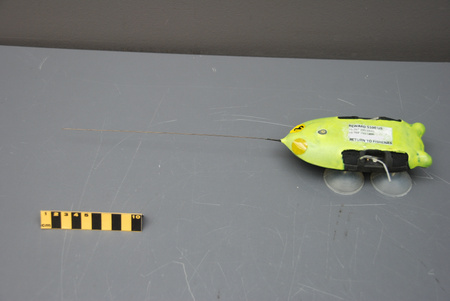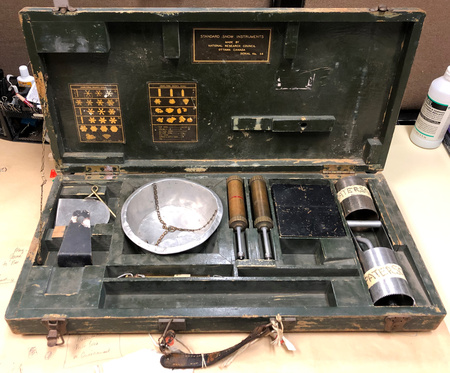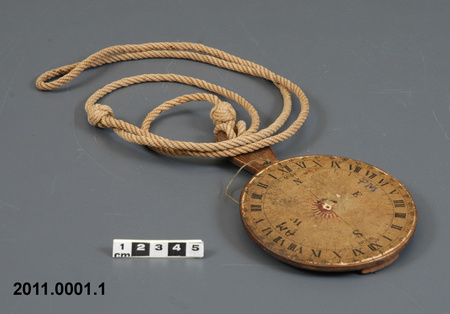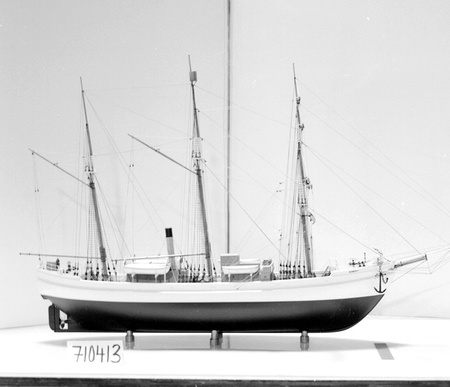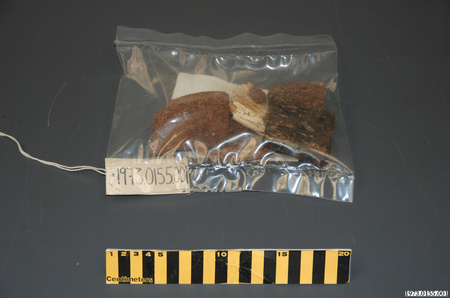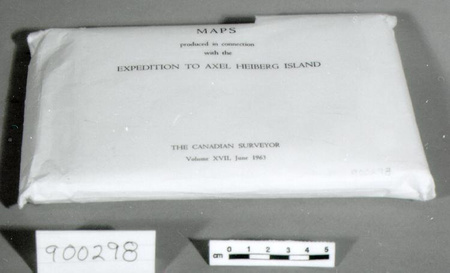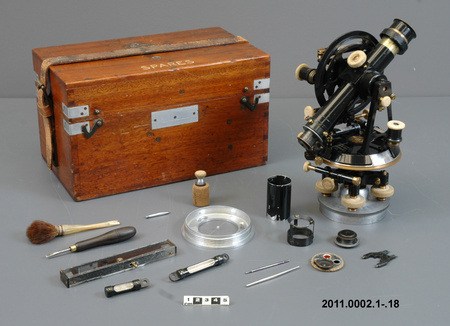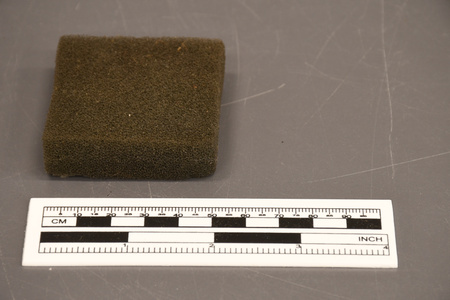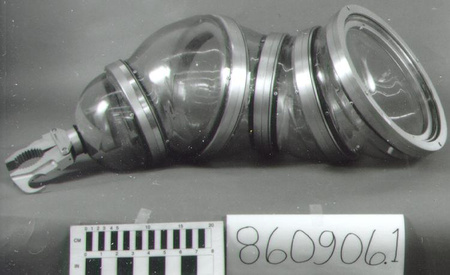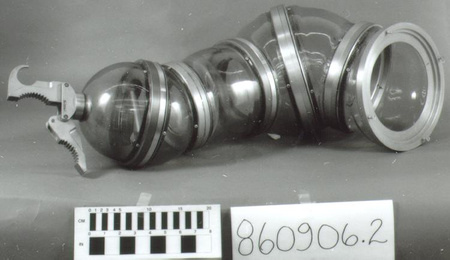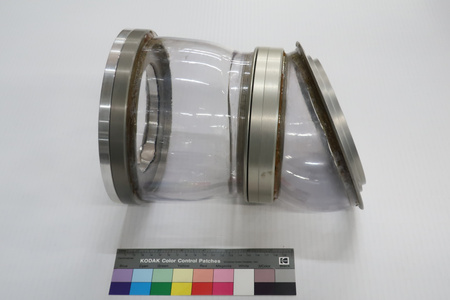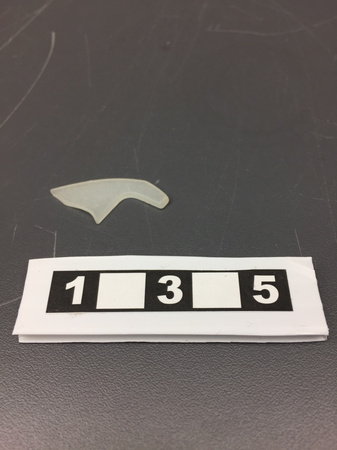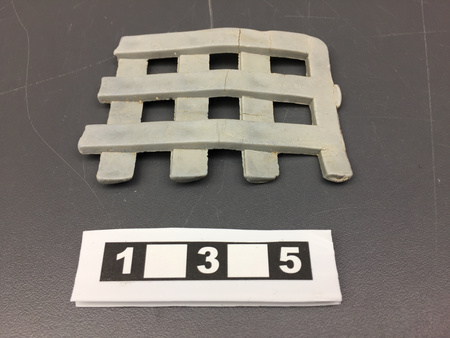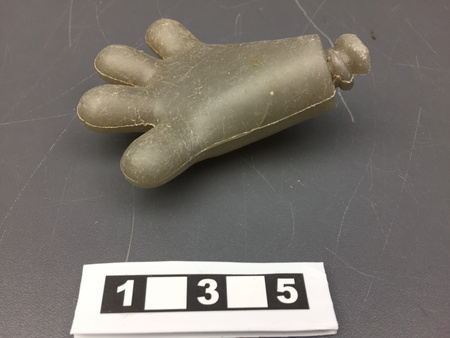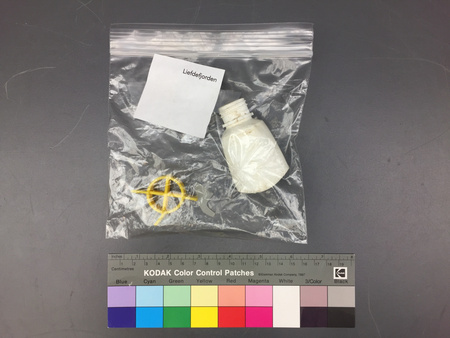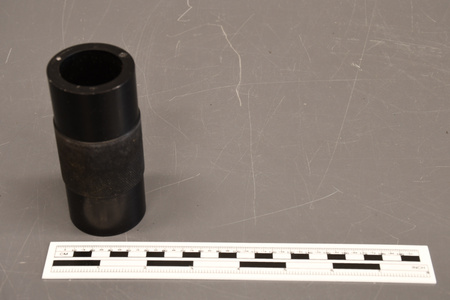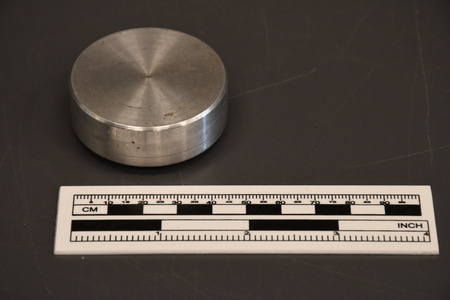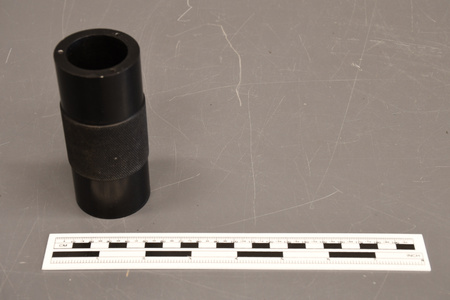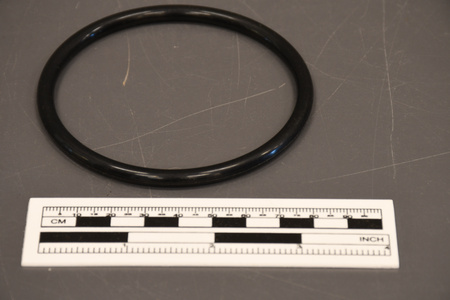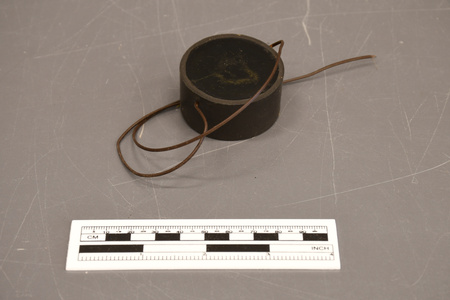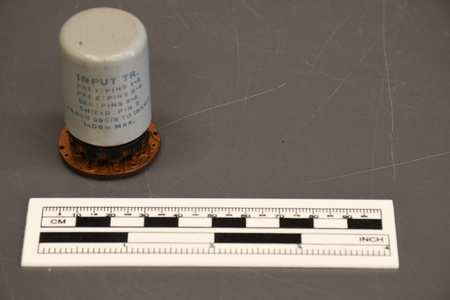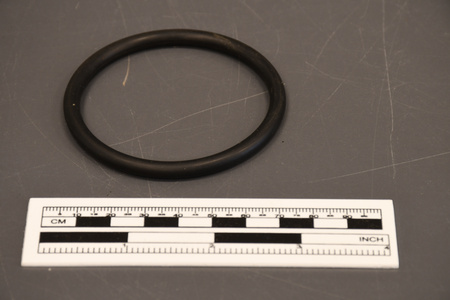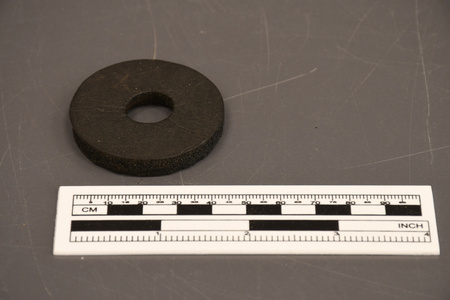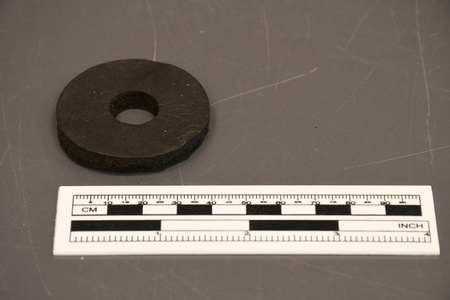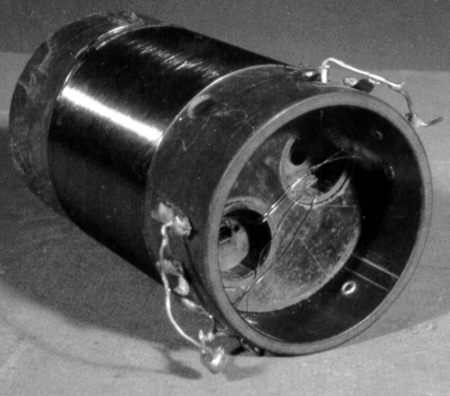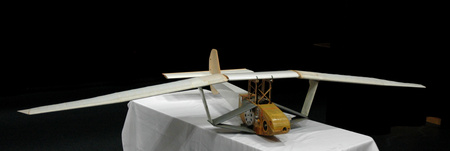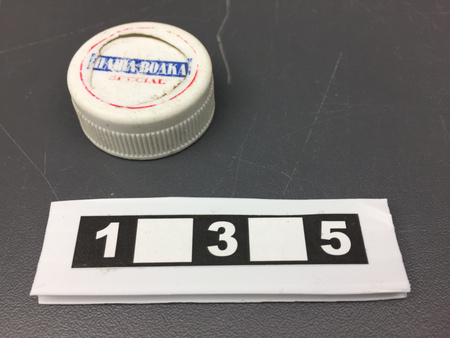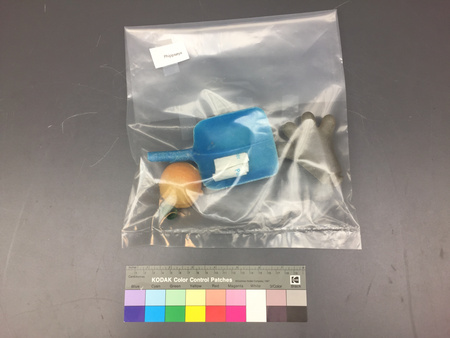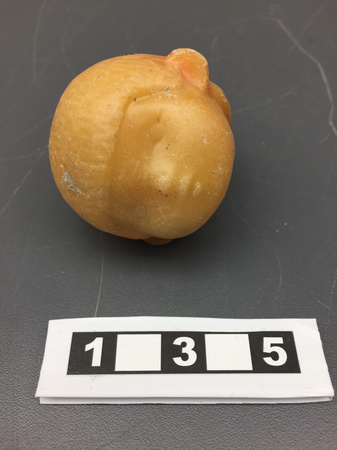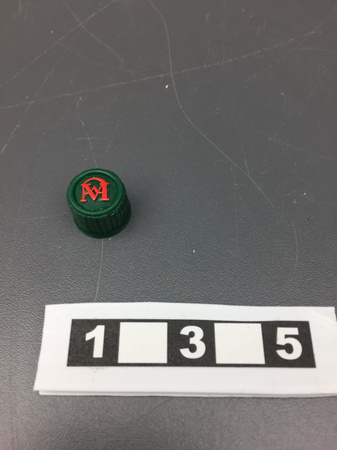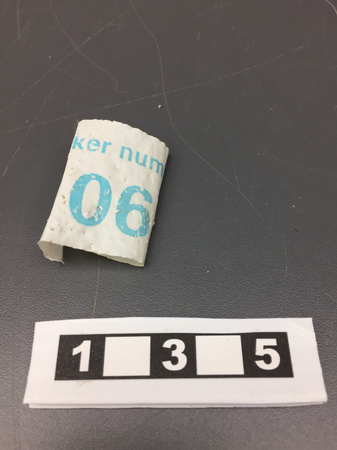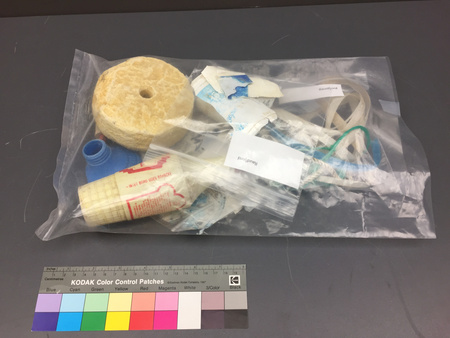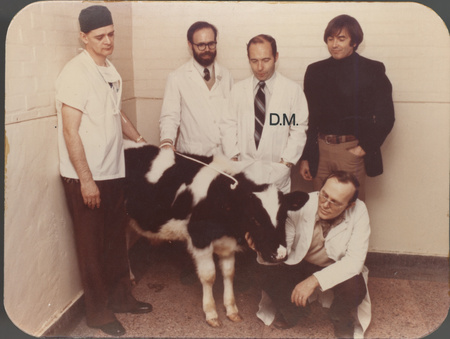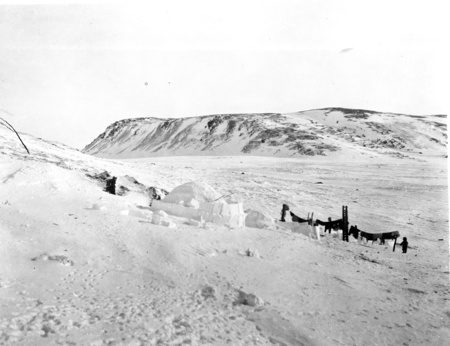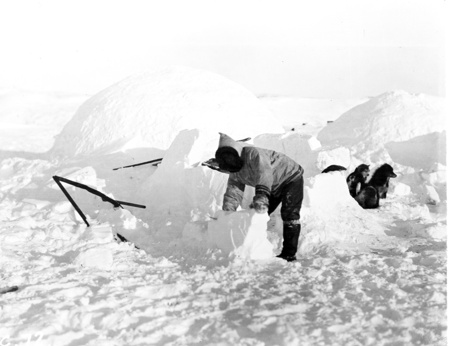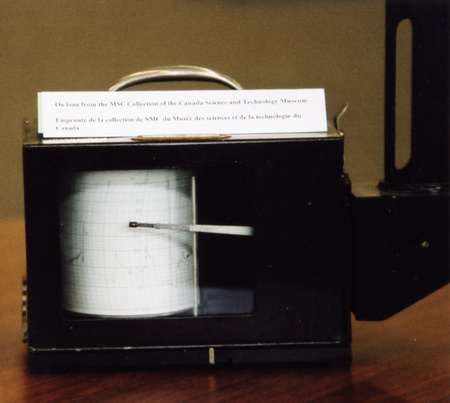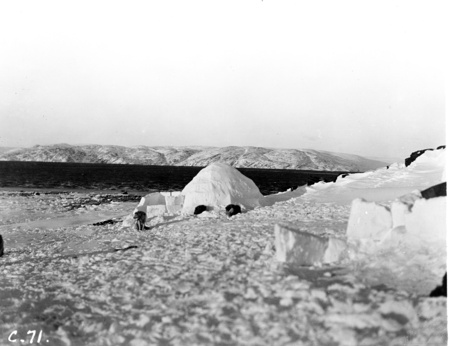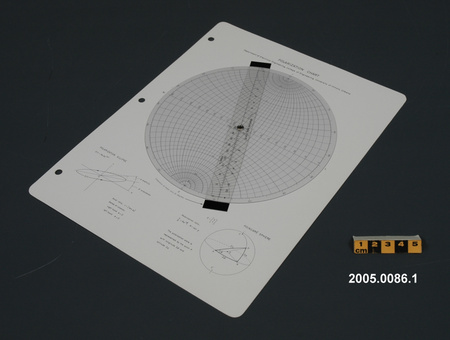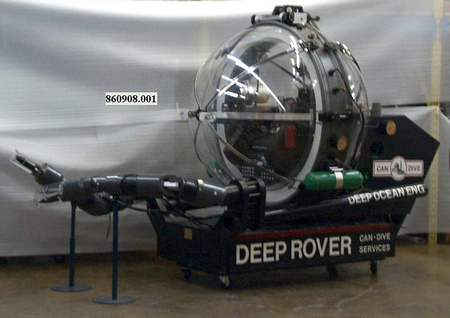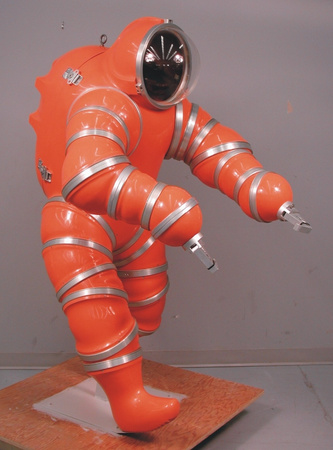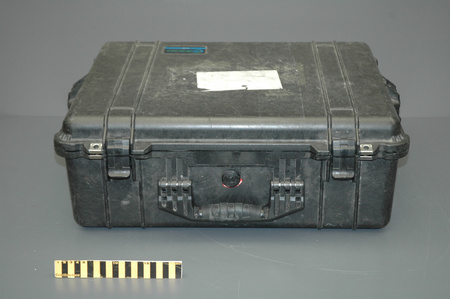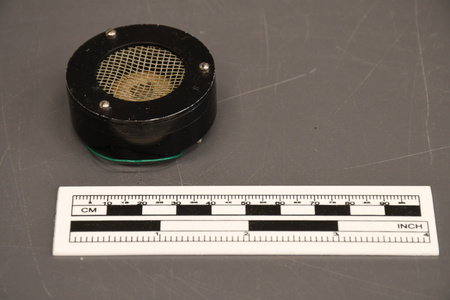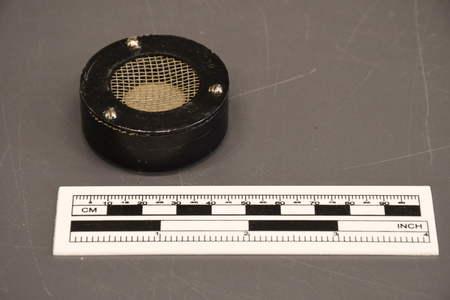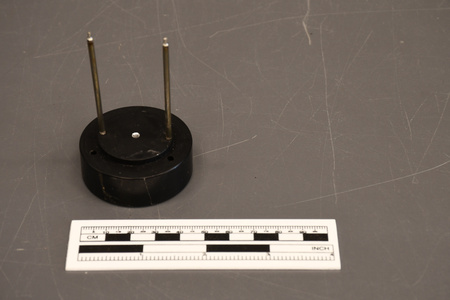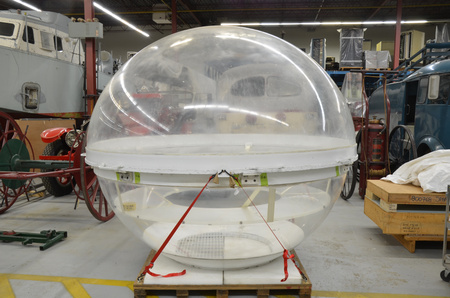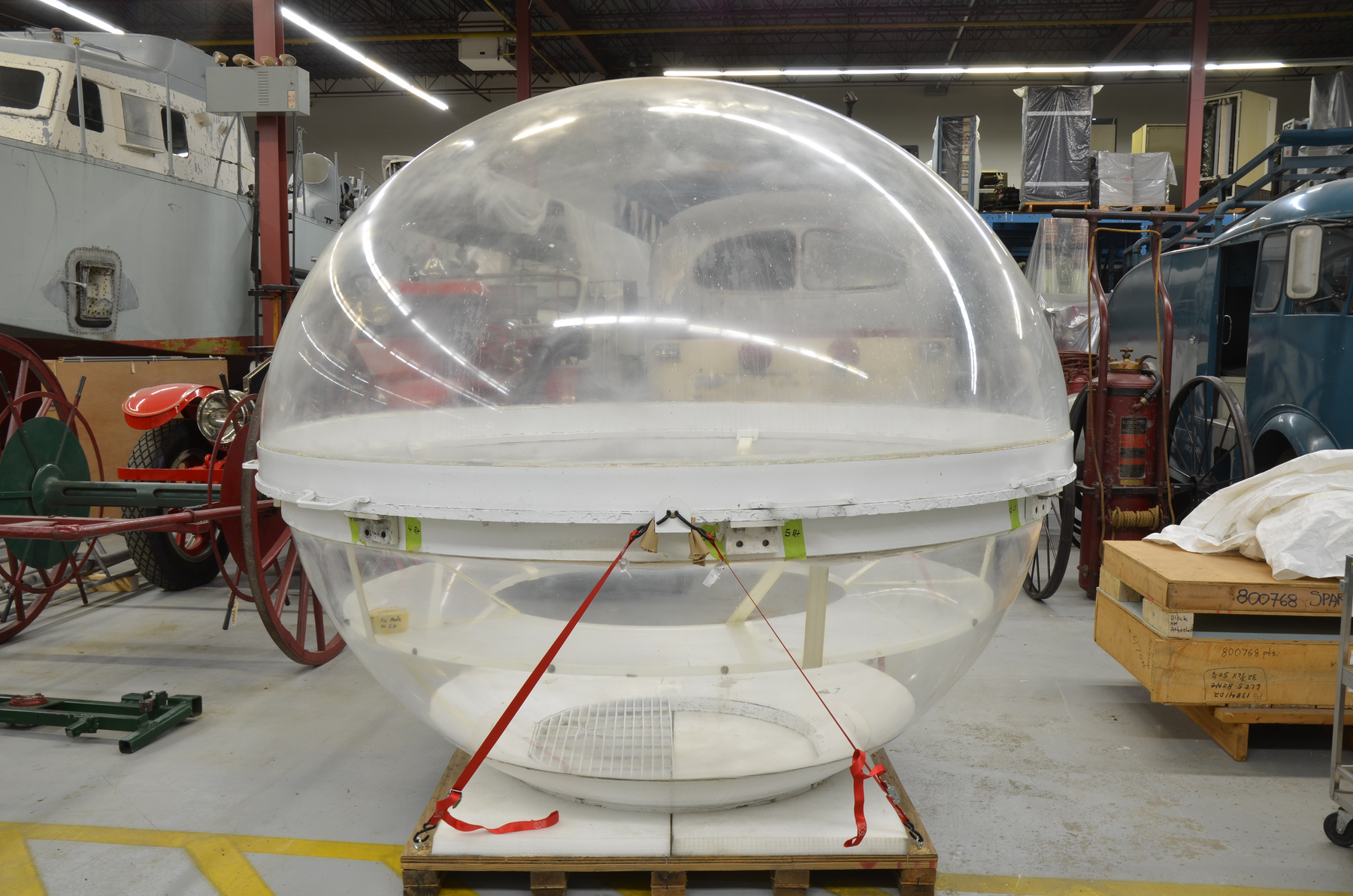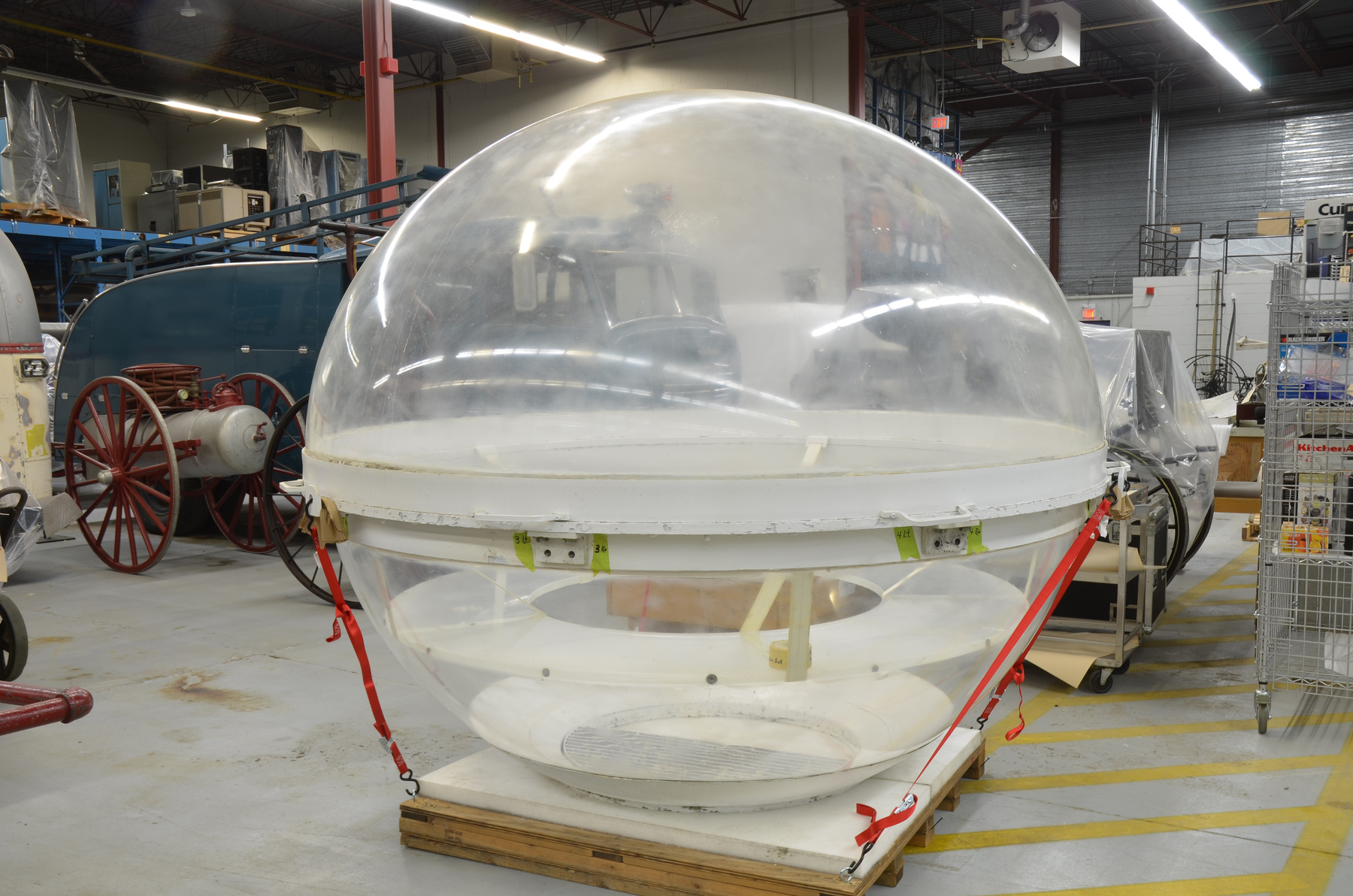Station subaquatique
Utiliser cette image
Puis-je réutiliser cette image sans autorisation? Oui
Les images sur le portail de la collection d’Ingenium ont la licence Creative Commons suivante :
Copyright Ingenium / CC BY-NC-ND (Attribution-NonCommercial 4.0 International (CC BY-NC 4.0)
ATTRIBUER CETTE IMAGE
Ingenium,
2014.0305.001
Permalien:
Ingenium diffuse cette image sous le cadre de licence Creative Commons et encourage son téléchargement et sa réutilisation à des fins non commerciales. Veuillez mentionner Ingenium et citer le numéro de l’artefact.
TÉLÉCHARGER L’IMAGEACHETER CETTE IMAGE
Cette image peut être utilisée gratuitement pour des fins non commerciales.
Pour un usage commercial, veuillez consulter nos frais de reproduction et communiquer avec nous pour acheter l’image.
- TYPE D’OBJET
- arctic/manned
- DATE
- 1971
- NUMÉRO DE L’ARTEFACT
- 2014.0305.001
- FABRICANT
- Inconnu
- MODÈLE
- Subigloo
- EMPLACEMENT
- Inconnu
Plus d’information
Renseignements généraux
- Nº de série
- S/O
- Nº de partie
- 1
- Nombre total de parties
- 1
- Ou
- S/O
- Brevets
- S/O
- Description générale
- Ferrous metal, aluminium, plexiglass and synthetic fabric.
Dimensions
Remarque : Cette information reflète la taille générale pour l’entreposage et ne représente pas nécessairement les véritables dimensions de l’objet.
- Longueur
- S/O
- Largeur
- S/O
- Hauteur
- S/O
- Épaisseur
- S/O
- Poids
- 907,2
- Diamètre
- S/O
- Volume
- S/O
Lexique
- Groupe
- Transports maritimes
- Catégorie
- Plongée
- Sous-catégorie
- S/O
Fabricant
- Ou
- Inconnu
- Pays
- Inconnu
- État/province
- Inconnu
- Ville
- Inconnu
Contexte
- Pays
- Inconnu
- État/province
- Inconnu
- Période
- Inconnu
- Canada
-
Taken from the Acquisition proposal: Sub-Igloo is the world’s first polar dive station. It was developed by a Canadian, Dr Joe MacInnis, with assistance from engineer Douglas Elsey. Dr. MacInnis is a specialist in the study of the physiological and psychological effects of undersea environments on humans. He graduated in medicine from the University of Toronto in 1962. He received a fellowship to study diving medicine at the University of Pennsylvania. This led him to other diving research projects in the Caribbean and Gulf of Mexico. Douglas Elsey is a professional engineer, undersea explorer and photographer. During the 1960’s and early 1970’s, many researchers were studying the problems posed by working under water. These studies brought together experts in marine biology, oil exploration, engineering, and medicine, among other fields. Medical researchers, like Dr. MacInnis, were interested in how the human body copes with underwater environments and how it recovers after long or deep dives. All of these researchers, though, were concerned with finding ways of making underwater work of all kinds safer and more efficient. Some researchers explored techniques to prolong diving times including developing saturation diving techniques and decompression tables. Others designed submersible vehicles that could either carry humans down into the ocean depths or could work remotely. Underwater stations and habitats were another way of extending human capabilities by providing temporary shelter from the water and its dangers. At the same time, the Canadian government was increasingly interested in Arctic exploration and development, at least in part as a means to establish Canada’s sovereignty over the high arctic and its waters. It was in this context that Dr. MacInnis created Sublimnos, Canada’s first underwater manned station, in 1969. Then, from 1970 until 1974, he led four scientific diving expeditions to Resolute Bay, 600 miles north of the Arctic Circle. In 1971, he conceived the world’s first polar dive station, Sub-Igloo, which was established under the ice in 1972 during the Arctic III expedition. According to Dr MacInnis, this “expedition was one of a series of expeditions supported by the Canadian government to study systems and techniques that would allow divers to work in the near-freezing water under the polar ice cap. The expeditions were a response to the government’s concern about Arctic sovereignty after the voyage of the USS Manhattan.” (1969). Dr MacInnis had a telephone conversation with Canadian Prime Minister, Pierre Elliott Trudeau, while he was inside Sub-Igloo through the new Anik 1 satellite. (see photo in National Geographic article on O:/drive and also NFB film on Sub-Igloo) The research team also studied the marine life and geology of the area during this expedition. In 1974, Dr. McInnnis led the first team of diving scientists to the North Pole during the Arctic IV expedition and, again, Sub-Igloo was used along with S.P.I.D., a diving habitat. During this expedition, scientists carried out fifteen different research projects with the goal of developing systems and techniques to dive safely under the polar ice pack, to study marine life and to analyze the effects of pollution. One of these projects was the first dive in Arctic waters using an oxygen-helium mix at 220 feet. In 1984, Dr. MacInnis loaned Sub-Igloo to the US National Oceanographic and Atmospheric Administration most probably to study diving air and nitrogen-oxygen saturation and decompression off Grand Bahamas Island for the NOAA-Score undersea project. Finally, in 1985, it was loaned to Disney for Epcot Center in Orlando. It remained in the Living Seas pavilion until 2007 and was a major attraction there. Apart from his accomplishments linked with Sub-Igloo and polar diving, Dr. MacInnis is also very well known for leading the team that discovered the world’s northernmost shipwreck, HMS Breadalbane under the ice in Canada’s Northwest Passage. He also was an advisor to the Titanic discovery team and “the first Canadian to explore the world’s most famous shipwreck. In 1991 he was co-leader of the most daring deep diving project ever conducted, a seven million dollar expedition to film Titanic in the IMAX Format.” - Fonction
-
To provide divers in Arctic waters with a refuge from the cold water and allow them to rest, communicate and observe the marine environment and other divers. - Technique
-
Taken from the Acquisition proposal: Between 1945 and 1980, researchers made dramatic advances in underwater mobility. They explored everything from the design and development of scuba gear and submersibles to the behaviour of the human body in high pressure environments. The goal of most of this research was to make it possible for humans to work more effectively and safely under water. Canadian researchers played an important role in many of these developments and the Sub-Igloo is evidence of their work. According to the historical assessment on underwater mobility, the Sub-Igloo was part of series of experiments that grew out of research on saturation diving. If divers could stay under water longer, they would only have to go through the decompression process once. But to keep divers underwater longer required the development of underwater stations and habitats where they could rest and eat before returning to the water. Though many of these projects were much more elaborate than Sub-Igloo – Man-in-Sea II and Sealab I – none of them were specifically designed for use in cold water diving. There, the requirement for respite was urgent even on short and shallow dives as the temperature of the water quickly numbed hands making it impossible to work effectively. Sub-Igloo was a prototype and, as such, was not without its problems. For example, the team was concerned about how the plastic would behave in arctic waters and whether the seal at the equator would hold once the air was pumped into the sphere. Transporting the dome was a challenge because the material was sensitive to changes in temperature and exposure to temperatures of less than -1.5C. Either scenario would make it susceptible to shattering. Also, with the immense pressure on the dome once submerged something as small as a dropped tool belt might cause it to shatter. Even though no heavy lifting equipment was needed to handle the Sub-Igloo, the ballast system that kept it anchored to the ocean floor during the 1972 expedition was awkward and labour intensive requiring the deployment of 8 tons of iron pigs. In spite of these problems, the researchers felt that Sub-Igloo was a very important contribution to the progress of underwater mobility in the arctic. According to Doug Elsey: The successful deployment of the station SUBIGLOO under the arctic ice, its use as a refuge and work station, as well as its potential for underwater observation, suggests that such systems are feasible and useful in polar diving. It is highly likely that such underwater stations can be an important tool to extend man’s reach into ice-covered northern waters. - Notes sur la région
-
Inconnu
Détails
- Marques
- S/O
- Manque
- S/O
- Fini
- Inconnu
- Décoration
- S/O
FAIRE RÉFÉRENCE À CET OBJET
Si vous souhaitez publier de l’information sur cet objet de collection, veuillez indiquer ce qui suit :
Fabricant inconnu, Station subaquatique, 1971, Numéro de l'artefact 2014.0305, Ingenium - Musées des sciences et de l'innovation du Canada, http://collection.ingenium.ca/fr/id/2014.0305.001/
RÉTROACTION
Envoyer une question ou un commentaire sur cet artefact.
Plus comme ceci
